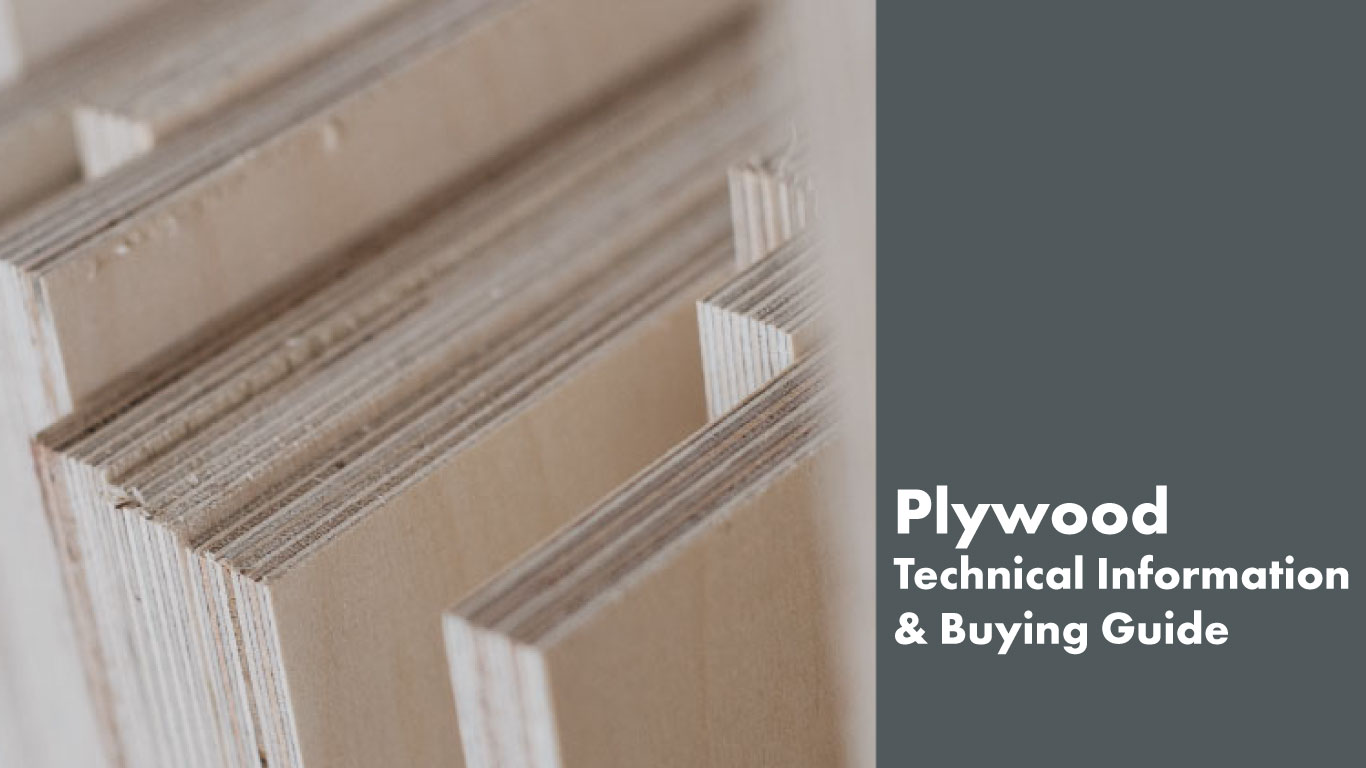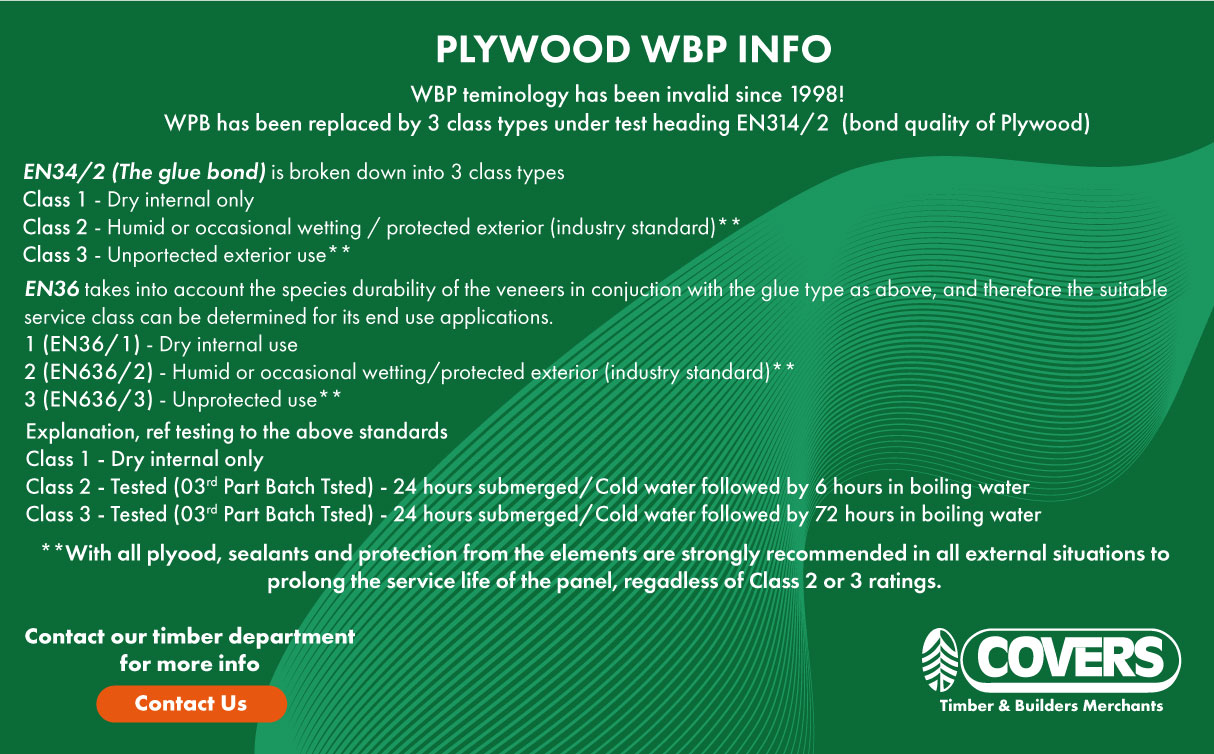
Plywood
Plywood is available in a wide range of styles and thicknesses depending on the application. It can be used internally and externally depending on the class.
Plywood is very closely related to MDF and chipboard that you will also find in our sheet materials section. It is manufactured from engineered wood that is cut into fine veneers and then rotated 90 degrees for every tier and glued together. This is different to solid wood which has one wood grain, where as this method is known as a cross-grain technique.
There are several benefits to this technique including:
- High strength and stability
- Prevention of warping
- Lower split risk – especially when nails are used around the edges of the sheet
What can plywood be used for?
High quality plywood can be a great alternative to solid-wood as well as being more versatile and budget friendly. The cross-grain style of plywood means it can stand up to a lot of pressure and also be used in various ways, including:
- Furniture
- Doors
- Flooring
- Partition walls
- Panelling
- Cladding
- Sheds and outdoor buildings
Which plywood should you use?
We’ve got quite a few plywood sheets on offer here at Covers, and we know it can be tricky to know which one is the best for the job.
The best place to start is knowing whether the sheets are for an internal project or external.
Internal or External
Internal projects tend to be situations where there will be limited exposure to moisture. You should choose a panel that has a technical class of EN636-1S and has an EN314 Class 1 bond.
Projects where you might use these panels could be:
- Furniture
- Shelving
Where used for furnishing, or projects where you can see the face of the sheet, a veneered option might be worth considering also.
For projects with occasional wetting such as humidity or condensation, such as bathrooms, you should choose Plywood class of EN636-2S exterior plywood with an EN314 Class 2 bond. In most cases, Marine plywood is the best option as it moisture resistant and also resilient against delamination and fungal attacks.
You could use this for:
- Roofing
- Floors
- Walls
For structural applications, a structural plywood is going to best. If it is for a structural item that will mainly be located outside you will need a structural plywood that is EN636-3S with an EN314 Class 3 bond.
Here at Covers all our plywood’s come in different size sheets and thicknesses, so you can choose one that suits you best. We also offer a cutting service and most of our depots, so we can cut down sheets to a size that is more suitable, manageable, and transportable for you. Check your local depot to see if they offer a cutting service here.

